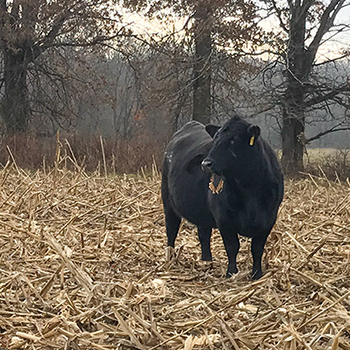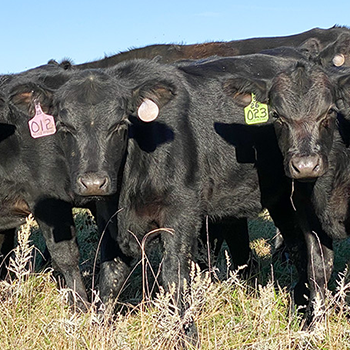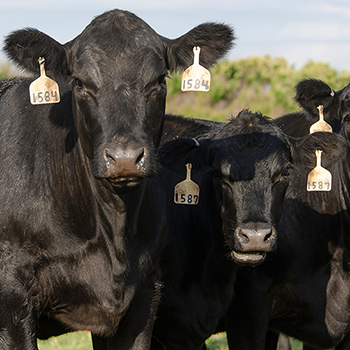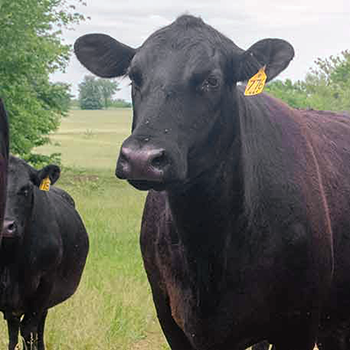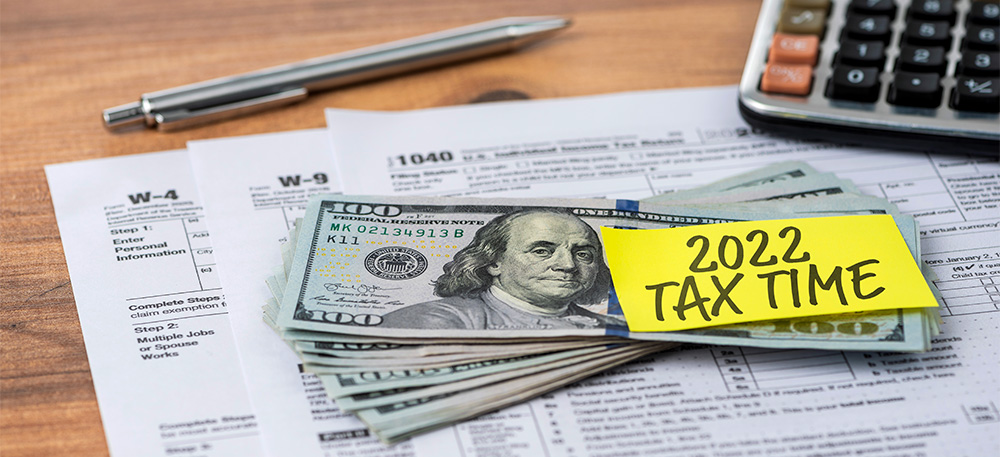
Tax Rules for Weather-related Sales of Livestock
Keep in mind these income tax tips for livestock sold due to drought.
Many livestock producers in the West this year have been adversely affected by drought and had to sell part of their herd — and may wonder how to treat that income at tax time. J C. Hobbs, Extension income tax specialist at Oklahoma State University, says there are two sets of tax rules for weather-related sales of livestock — sales due to drought, flood, hurricane, tornado, etc.
“One rule applies to all livestock other than poultry. It includes any breeding, dairy, draft, market animals, etc., which were sold in excess of what would normally have been sold,” he says. “For this provision to be used, however, it requires that the county or region receive a federal disaster declaration. The extra animals sold this year, by category (cows vs. calves, etc.), are compared to the average number of animals sold during the prior three years — the ‘normal or average’ years.”
Producers can postpone reporting the income from the extra animals sold by electing to report the income on the tax return for the year the animals would normally have been sold. This avoids the bunching of income in the current year, notes Hobbs.
“For example,” he says, “if we sold more calves this year — that we normally would have put on pasture and sold the following year — this rule would apply.”
By selling more animals in 2022, more than likely, the producer will have less income in 2023, due to the fact they don’t have those animals, so they can pay tax at a lower rate on that excess income if it is moved into 2023, he explains.
This rule is discussed in Internal Revenue Code Section 453(g). To check if a county has received a federal disaster designation, go to the Farm Service Agency website and search for the current year’s declarations.
Postpone for replacement
The other rule allows a person to later replace the animals sold. This strictly applies to breeding, dairy and draft animals sold in excess of normal due to severe, extreme or exceptional drought conditions or other weather-related condition. The producer can postpone reporting the income from the excess animals sold on this year’s tax return and elect to replace like-use animals within two years after the sale.
“When looking at excess sales of breeding livestock — cows, bulls, replacement heifers, etc. — you’d look at the previous three years (and your normal culling rate). If this year, due to the drought, you sell more than normal, this rule could apply,” Hobbs explains. “Let’s say you have 100 cows and normally cull 20% (20 cows). This year (2022) due to drought you maybe cull 35 cows. The number of cows in excess of normal (an additional 15 cows) are what would qualify for the postponed income reporting.”
On the 2022 tax return, the producer can elect to replace those cows. As long as the repurchase occurs by Dec. 31, 2024, we do not have to report the income on the 2022 tax return. If the 15 cows were sold for $15,000, 15 cows don’t have to be replaced; $15,000 worth of cows have to be replaced. If selling due to drought, the price may be depressed, and buying cows back at market price the next year may cost more. You don’t buy back head-for-head; you buy back the dollar amount.
A person has two years in which to buy cattle once the drought ends, Hobbs notes. However, if the county receives a federal disaster declaration, the time to replace is extended to four years.
“If for some reason you don’t spend at least $15,000 to replace the cows, you have to amend the 2022 tax return where you made the election to use this rule; you must report the income — the amount of dollars that you didn’t replace the cows with — and pay tax on that,” says Hobbs.
“The other side of this is when you buy back more than $15,000 worth of cows. This often happens because the new cows often cost more than the ones you sold. You are then allowed to depreciate the excess and write it off as depreciation expense,” he explains. “You are still postponing income recognition until those replacement animals are later sold. If you buy young ones, you may have them on the farm for six or eight years or more. When you sell them, that’s when you pay the taxes on that deferral.”
Hobbs says as long as drought continues, the rancher can continue to delay replacing the sold livestock.
Farmers and ranchers can watch the drought monitor maps that show areas that are abnormally dry or experiencing moderate to exceptional drought conditions.
“If the drought monitor map shows your area to be in severe, extreme or exceptional drought, that’s when the two-year rule kicks in and you have a couple years in which to purchase cows to replace what you had to sell this year,” Hobbs points out. “When you do replace the animals, they have to be the same type and purpose. If you sold a breeding beef animal, for instance, you must buy back a breeding beef animal.”
The income tax provision for electing to replace breeding, dairy or draft animals is Internal Revenue Code Section 1033(e). Additional information is contained in IRS Publication 225: The Farmer’s Tax Guide.
Hobbs and his colleagues put together a resource website with many helpful articles. Visit https://extension.usu.edu/ruraltax/.
Editor’s note: Heather Smith Thomas is a freelance writer and cattlewoman from Salmon, Idaho.

